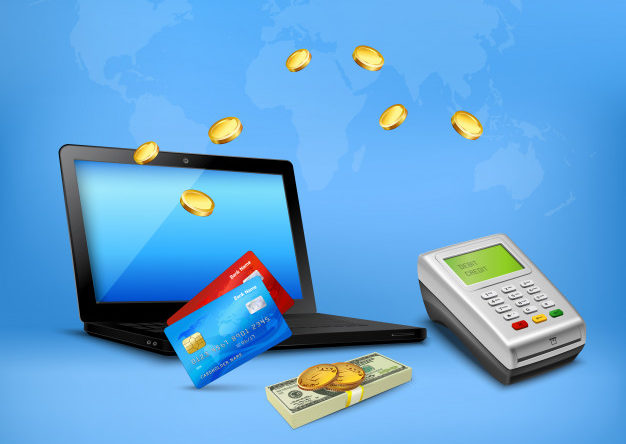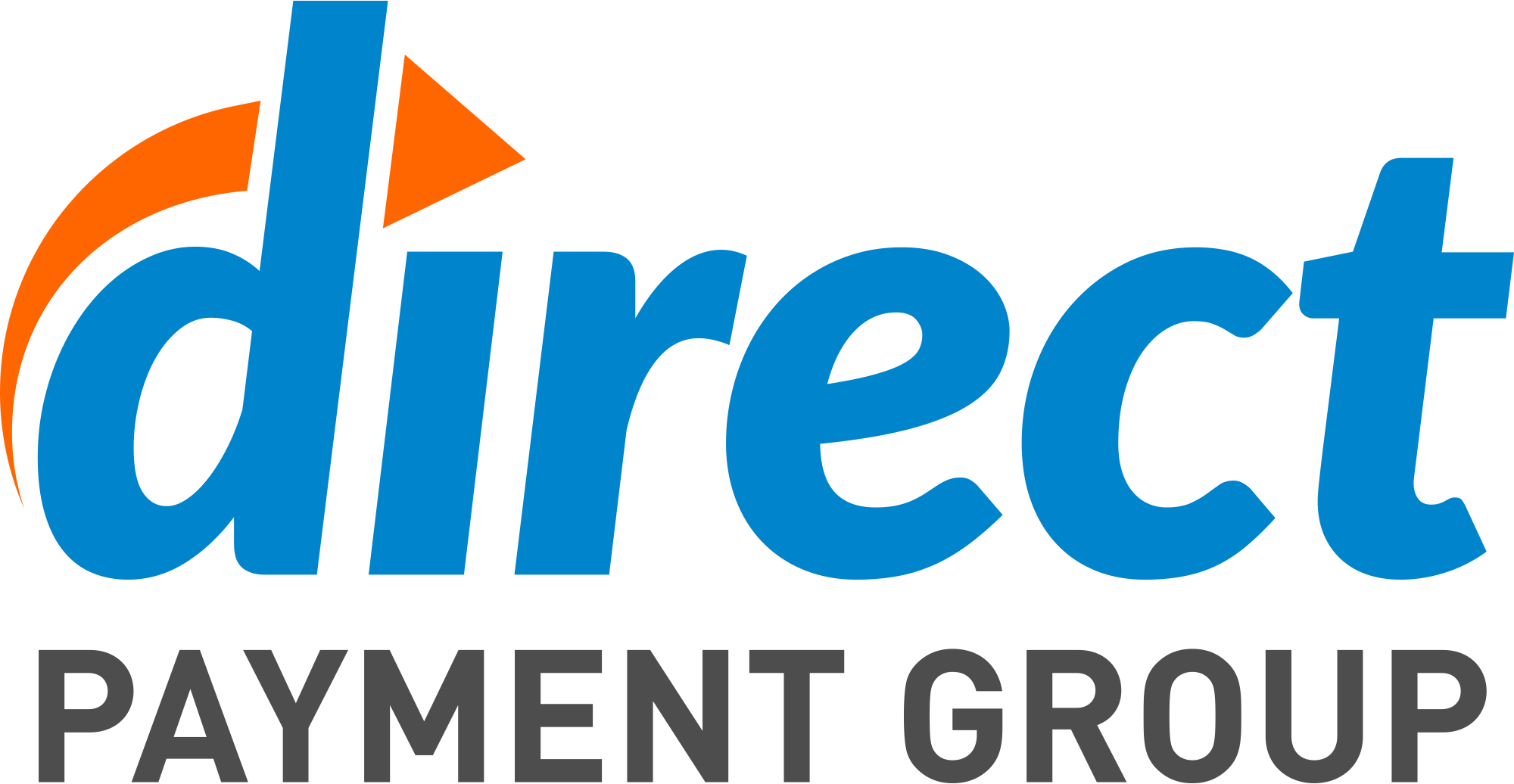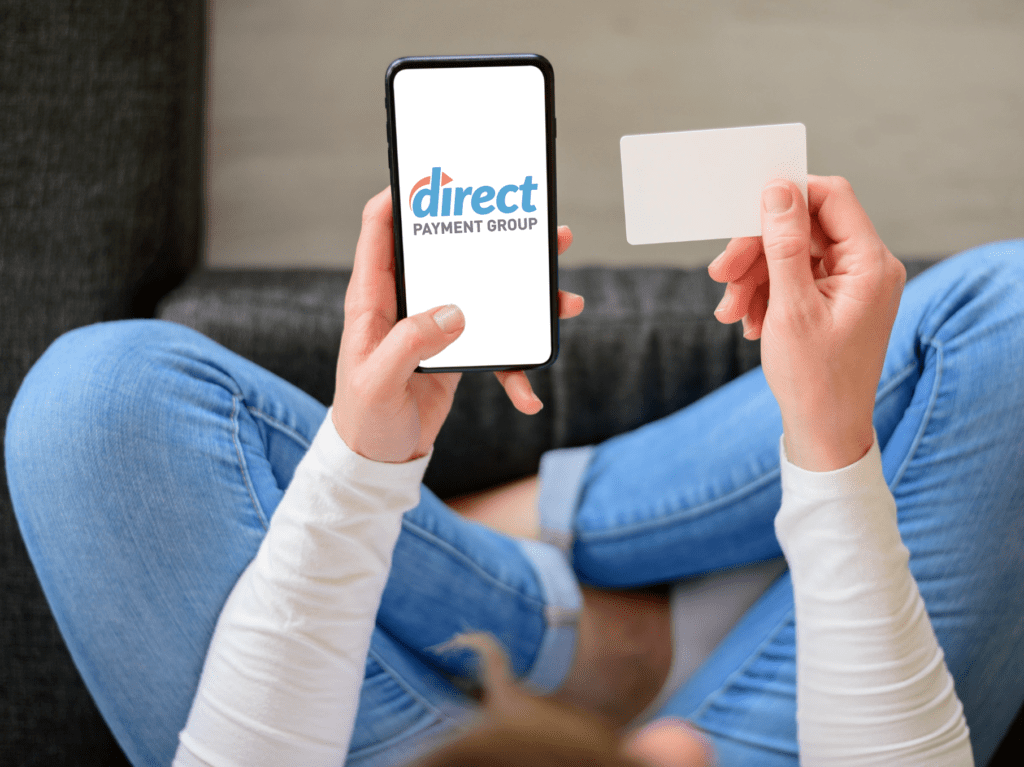Payment Gateways: What You Need to Know
If you want to accept credit cards as a form of payment, you’re going to need a payment gateway. Regardless of if you’re strictly online or strictly brick and mortar, you need some way to transmit your customers card information to your merchant service provider. A payment gateway acts as a bridge between your customer’s bank account and yours.
Different payment gateways will serve different purposes and it’s important to know what tools are available to you. The 12 digit card reader and the Stripe embed don’t just collect information, they serve a very delicate purpose. And that purpose has a serious impact on the cash flow of your business security of your cardholders sensitive information. Here are the questions you need to ask yourself:
Are you getting the most out of your payment gateway?
- Is your payment gateway costing you money?
- Are you paying extra for features you don’t use or need?
- Can you get more out of your payment gateway?


This is the 101 version of what you need to know about payment gateways. Hopefully, you’ll find a few ways to automate your billing process and accelerate your cashflow.
What Is A Payment Gateway?
Popular payment gateways are through payment aggregators like PayPal, Stripe or Square. These are often the easiest to set up and remain popular because of that. However, there are plenty of alternative payment gateways available. You can have gateways set up through a bank, and through businesses like ours. Often, a less scaled payment gateway will be better for your business.
Because the PCI DSS leads to data security, it also makes consumers feel more secure. Imagine you’re going to a concert, and you’ve never been to the venue before. You arrive and you see no security at the door, people are just walking in. How would that make you feel? Would you feel different if you saw even just 1 or 2 people walking around with SECURITY written on their backs? Probably, right?
Why Use a Payment Gateway?
We could debate the importance of accepting cards for brick and mortar businesses all day (that’s why we did our Cash vs Credit article). But for online businesses, cash isn’t a viable option. I guess you could ask your customers to mail it to you? That just seems unnecessary, though. Carrier pigeon maybe?
Payment gateways are important for online businesses because they’re the easiest way to accept and manage payments.You could theoretically use other services, but it’s adding hoops for your customers to jump through and adds compliance issues to your business. More hoops will mean a higher bounce rate and less completed sales.
Similarly, customers also trust payment gateways more than they do other transactional catalysts. Putting yourself in your customer’s shoes, can you imagine putting your card information in anything non-official? Keeping card data safe is one of the most important values to have in modern business. Payment gateways can be trusted by both you and your customers to prevent data breaches.
Beyond their most fundamental functions, payment gateways offer a few other important features. In no particular order, it’s nice to have the following: recurring billing, Customer Management Systems, and Account Updater.
- Recurring Billing – If you sell a subscription product or bill your customers monthly, choosing a payment gateway with a strong recurring billing feature is a top priority. This tool allows you to enter new customers into a defined payment plan that will charge them their monthly (or weekly, or quarterly, etc) payment on the day of your choosing. Some features include automated reminders sent to you and your customers, so there’s no surprise when your payment is processed.
- Customer Management Systems – Most gateways will offer a safe way for you to store your customer’s information for future billing. This is important if you’d like to lower the amount of steps a returning customer must go through before completing their purchase. Having their previous billing data stored saves them an opportunity of rushing to their wallet and perhaps rethinking the purchase. Less friction, less bounce rates.
- Account Updater – If a customer’s card expires, or gets reported as lost or stolen, it can take weeks for them to get all their services with recurring billing (think Netflix or your internet provider) updated with their new card information. Luckily, Account Updater is here to help. This is a feature that updates your customers’ billing info directly from their credit cards issuing bank. Less chasing new payment information, less declined transactions, less overall churn.
Why not use a payment gateway?
The right payment gateway will likely be external from the merchant service provider that’s the best fit for your business. In the case of payment aggregators like Stripe, Square, and Paypal, you are not given a choice on the service providers as they bundle their gateway with a higher-priced service. A robust payment gateway will typically cost a few cents per transaction and let you choose a service provider that best fits your business.
Making Your Payment Gateway Better For You
There are a few ways that you can work with your merchant service provider to make your payment gateway work better for you. Usually, large MSPs are less willing to work with you on these sorts of things. So, the most important way you can make your payment gateway better is to work with a focused, more understanding MSP. That said:
First, look into your processing level. Are you processing Level 2 and 3 card information, or level 1? While the higher levels aren’t available for every business, they incur much lower rates. Processing additional information can save you a huge chunk of your gross revenue each month.
Then, make sure you have all of the authorizations you can have. Being authorized through all major card companies prevents customers from turning away because you can’t accept them. If your payment gateway isn’t allowing you to accept payments from some companies, it might be hurting your conversion.
Similarly, you should look for an omni-channel gateway. An omni-channel gateway accepts cash, credit, debit, ACH, PayPal, gum, and every other form of currency. If your customer wants to pay you in gum, you should try to accept it. An omni-channel set up reduces almost all payment friction.
Finally, look into what services you can add and remove. CRM management and invoice management are services that will save you more time than they’ll cost to add. Having them done through your payment gateway makes them more efficient, as well, as less exchange has to occur. Chargeback protection can be great, too.
Of course, these are all general guidelines. If you’d like to learn more about payment gateways and payment processing, make sure to thumb through our blogs. It’s important to us that you understand and are able to get the most out of your payment processing. If you have questions about payment gateways, a unique situation you need advice on, or would like to get help setting one up, reach out at GetPaid@DirectPaymentGroup.com.










